Sunday, June 10
Forgotten Architectural Styles IV: The American Polish Cathedral Style
And now, some photos of the Church of the Immaculate Heart of Mary in Pittsburgh, one of the more canonical designs I have seen, and one which resembles Rome's centralized-plan Sant' Agnese in Agone from some angles.
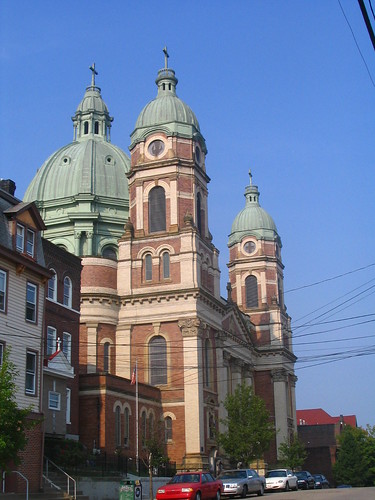
Image Source
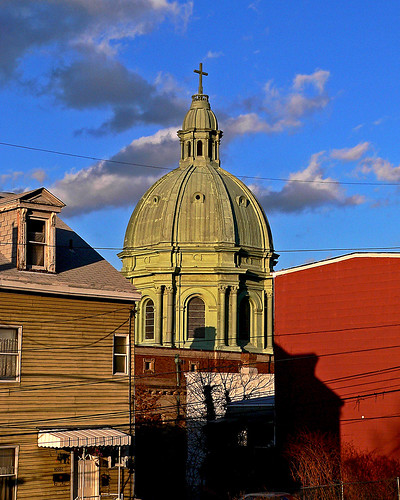
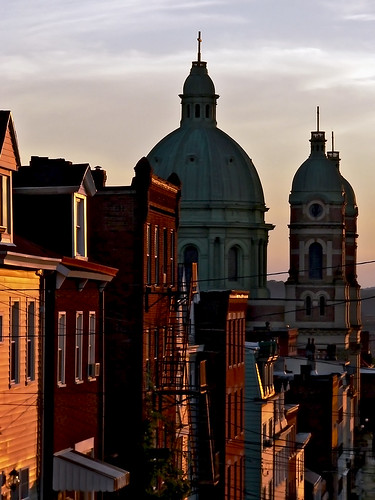
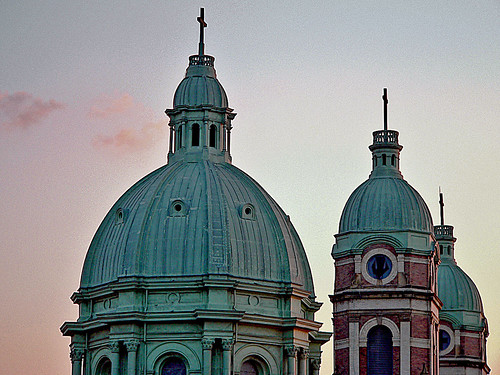
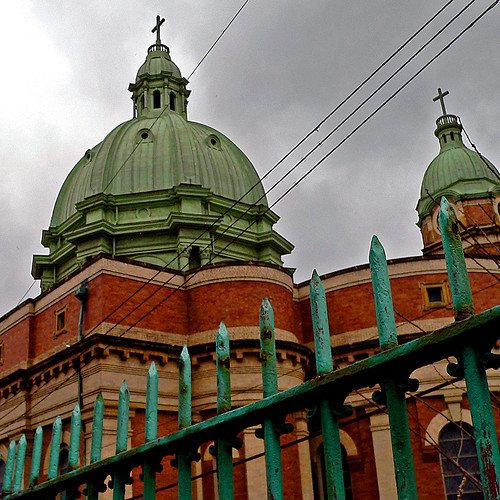
Image Source
A few more photos of it can be found via Flickr.
From Wikipedia:
Kantowicz writes in The Archdiocese of Chicago: A Journey of Faith: "The preference of the Polish League for Renaissance and Baroque forms seems more clear cut. The glory days of the Polish Commonwealth came in the sixteenth and seventeenth centuries when it formed the largest state in Europe... The architectural style of Chicago's Polish churches in Chicago reflect this, particularly the magnificent edifices of Worthmann and Steinbach built along the Milwaukee avenue corridor on the Northwest Side, reflected the renaissance glory of Polish Catholicism.I would be cautious to foster an absolute identification here with Baroque, as in many cases it has been heavily strained through 19th century folk-eclecticism and the necessities of using pre-fabricated materials and elements, though higher standards of style came with the work of later builders such as Schlacks or McCarthy.
Clearly a Baroque-like style was chosen deliberately, but it was rendered in a highlly contemporary manner, one that substituted a certain Victorian clutter for the original dynamism of the Baroque. Americans jump far too quickly to assume anything remotely ornate is Baroque and I have seen it applied in the oddest categories. Nineteenth-century eclectic is probably more accurate. Still, the results are pleasant, if occasionally puzzling. St. John Cantius is doubtlessly the most well-known church of the style but hardly the most ambitious, a title which clearly goes to the remarkable St. Mary of the Angels, whose interior, at least for America, almost approaches the Rome of the Renaissance, if not really Bernini.
And now, some photos of St. Mary of the Angels and others...
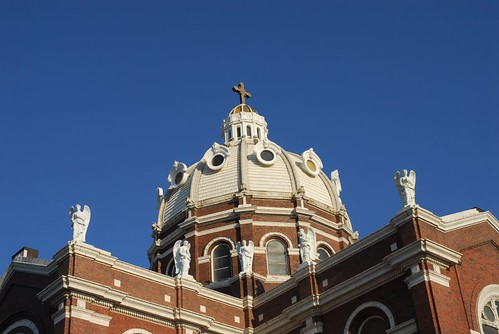
Image Source

Image Source
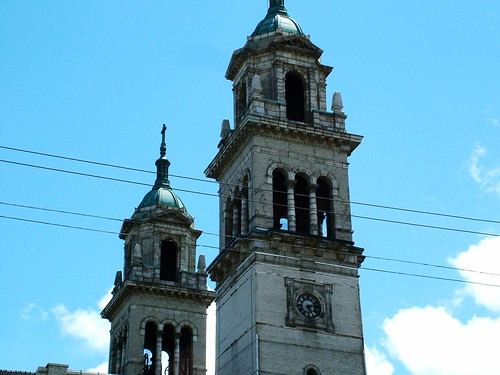
Image Source
Once again, Wikipedia:
Peter Williams in his book Houses of God: Region, Religion, and Architecture in the United States on p.179 writes "in Detroit and Chicago especially, a distinctive genre of church building emerged among Polish communities, the "Polish Cathedral". Where most Catholic churches were built in grander or humbler variations and Gothic and Romanesque themes popular across the country, the ambitious prelates in the great Lakes Polonias often chose to make monumental statements in the Renaissance style of their mother country. The scale of these structures was often enormous, both in the great size of these parishes and the episcopal ambitions of their clerical leaders... Still visible from the freeways, many of these "cathedrals" such as St. Stanislaus Kostka in Chicago now serve African-American or Latino constituencies while others have been closed by their Archbishops as no longer econmically viable.There is nothing so Catholic, I think, than seeing a parish where you've got Our Lady of Czestochowa on one side of the altar, and La Guadalupana on the other.












